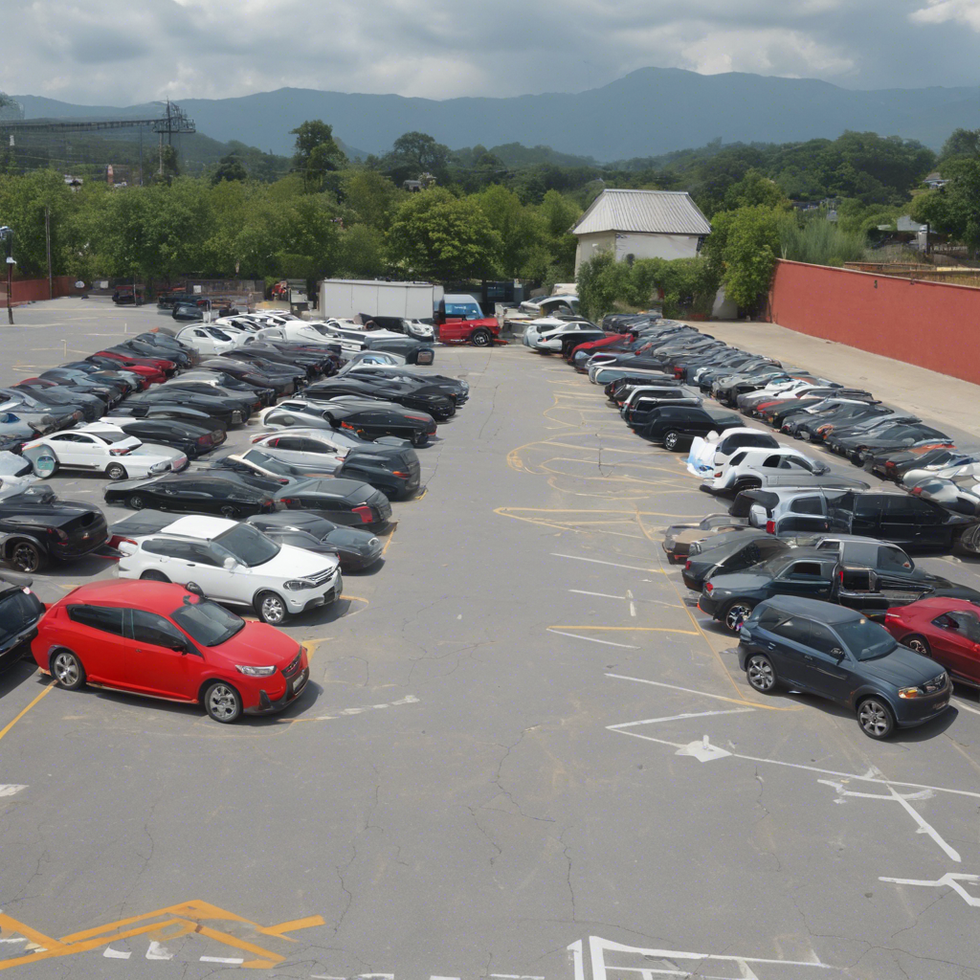It is no coincidence that the rise of prescription drug abuse has coincided with the instigation of making pain assessments part of the mandatory vital signs evaluations. Health care providers are often cornered into prescribing the public narcotic pain killers, because now "pain is what the patient says it is" and ignoring a patient's complaints of pain may be a case for litigious pursuits. Now, it is true that many patients do seek relief from genuine complaints of pain in Emergency Room settings with very real and objectively identifiable etiologies of pain, i.e., abnormal lab values, CT scans, X-Rays, biopsies, lumbar punctures, MRI's and abnormal neurological responses. However, there are also many patients who abuse the system with false claims of pain with the intent to obtain prescription pain killers. Because of this, very often health care providers are skeptical of the patient who complains of pain, yet, have no abnormalities to support their claims.
In the hospital setting, subjective 'pain scales' are used to aid the provider with a plan of care that also help determine the types of medications used to provide subjective relief from pain. Unfortunately, many patients abuse this system as well, and although they appear to be in no acute distress, they will rate their level of pain to be a '10/10', which is clinically meant to be "the worst pain imaginable"; and because pain is now "what the patient says it is" clinicians are intimidated into prescribing larger doses of narcotics than may be truly indicated.
It is no unknown secret in medicine that many 'frequent fliers' to emergency rooms are often identified as drug seekers, and many of these people will incessantly go from one ER to another, in order to avoid this type of tracking. But is the system itself not creating these addictions? For example, which comes first: the addict or the prescriptions that create the addicts?
These abusers destroy the claims of people who have honest complaints of pain. Prescribers are often hesitant to medicate a patient with narcotics until an objective abnormality is discovered that may be indicative of pathology, and yet, if they do not, the said patient may attempt to sue the hospital for violating the patient's right to be treated for pain. This is how the system works in favor of the pursuant.
In recent years, there has been an establishment of pain clinics who specialize in pain management. Yet, some clinics may only reinforce the addiction, or in some cases, even help to create the addiction; i.e., the clinics would not be in business if they had no patients to manage.But they also specialize in alternative treatments for pain, for people who are willing to comply with these care plans.
In short, the management of complaints of pain can be a very slippery slope. But statistics do show a sharp rise in the prescribing of narcotics over the past few decades. In particular, Dilaudid, seems to be the drug of choice for many patients, as it is the most potent pain medication on the market. Recently, Demerol, has been removed from many hospital pain protocols for this very reason, that being that it is highly addictive and extremely potent with a strong potential for abuse.
There are no easy answers to remedy these problems. But for safety's sake, I do think it wise to withhold medications until objective evidence is identified to support claims of pain ( unless, the patient is demonstrating real signs of subjective pain, such as guarding or having increased blood pressures and pulses.) This is not a problem that is limited by class, gender, or racial divisions. Yet, this problem is growing in our society, and should rightly be rethought in terms of protocols implemented that only serve to encourage drug seeking type behaviors. Healthcare providers should provide aid to those in need, but not also be stigmatized as 'drug pushers'.
Health and WellnessDec 08, 2021
The Problem of Addiction in Health Care
It is no coincidence that the rise of prescription drug abuse has coincided with the instigation of making pain assessments part of the mandatory vital signs evaluations
9






 StableDiffusion
StableDiffusion Photo by
Photo by  Photo by
Photo by 
 full parking
StableDiffusion
full parking
StableDiffusion









